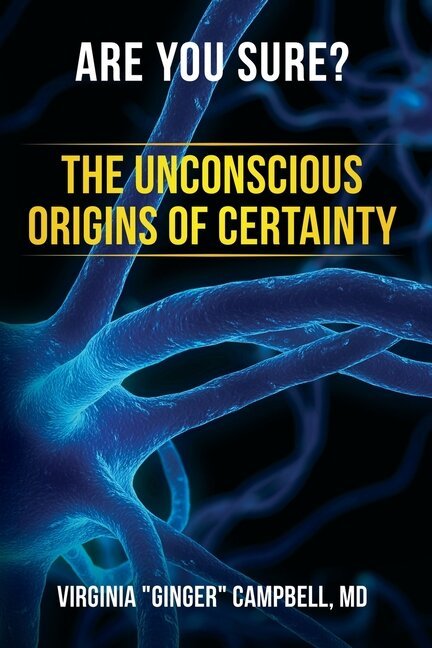Brain Science Podcast #35 is a discussion of Mirrors in the Brain: How Our Minds Share Actions, Emotions, and Experience, by Giacomo Rizzolatti and Corrado Sinigaglia. Mirror neurons were discovered in Rizzolatti's lab in Parma, Italy, in the early 1990s, and his book is a detailed to discussion of the experimental evidence in both monkeys and humans. Direct single neuron recordings have been made in monkeys. The evidence in humans is indirect, since it is based on mainly on neuro-imaging studies like PET scans and fMRI scans. Even so, mirror neurons appear to be essential to our ability to understand both the actions and emotions of others.
In this episode, we also explore the evidence that there are other neurons in the motor areas of the brain that have sensory properties and that the areas of the brain traditionally thought to be devoted to sensory functions also contain neurons with motor properties. Another fascinating discovery is the fact that there are neurons that respond not only to somatosensory inputs (such as being touched) but also to visual or auditory inputs from objects within our peri-personal space. For background on these body maps, I recommend listening to Episode 21 and Episode 23. If you are new to the Brain Science Podcast, you may want to listen to those episodes first, because this week's episode is a little more technical than most.
I will be exploring the importance of these discoveries in future episodes.
How to get this episode:
Premium Subscribers now have unlimited access to all old episodes and transcripts.
Buy mp3 for $1.
Buy Transcript for $1.
New episodes of the Brain Science Podcast are always FREE. All episodes posted after January 1, 2013, are free. See the individual show notes for links the audio files.











